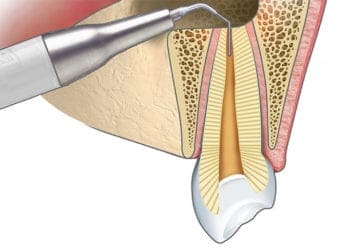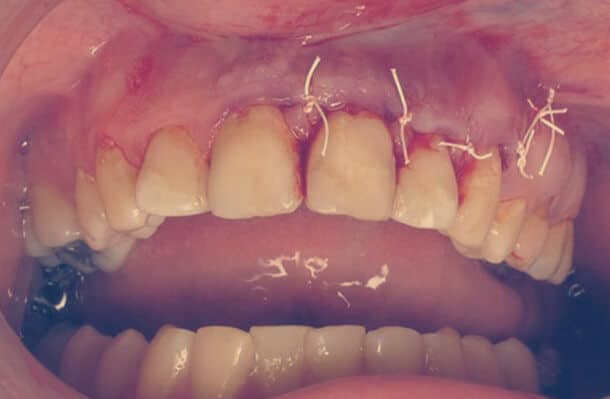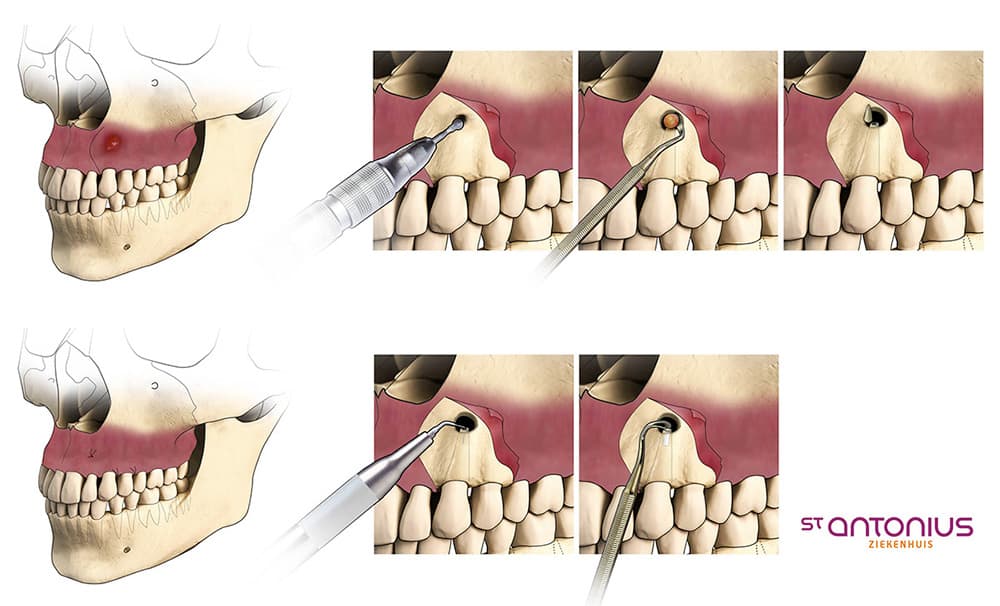Apicoectomy: Revive Your Tooth After a Failed Root Canal!
Preserve Your Tooth with Apicoectomy!
Have you been informed that your root canal treatment has failed, leaving your tooth at risk?
We might be able to save your tooth with a procedure called apicoectomy! An apicoectomy is a minor surgical procedure where the tip of the tooth root is cut and sealed.
Top Advantages of Apicoectomy for Healthier Teeth
- We can remove unhealthy contaminated tissue through an apicoectomy, which could otherwise lead to severe health problems.
- By eliminating the bacteria, we can prevent the infection from spreading to other teeth.
- An apicoectomy can relieve your tooth's discomfort, helping you feel more at ease and allowing you to enjoy daily activities without the interruption of a toothache.

Apicoectomy Process

Ready to get started?
Reach us now to schedule your consultation
Frequently Asked Questions on Apicoectomy
What is an Apicoectomy?
An apicoectomy is a minor surgical procedure where the tip of the tooth root is cut and sealed. The term comes from "apico" (apex or end) and "ectomy" (removal).
Indications for Apicoectomy
An apicoectomy may be the treatment of choice in the following scenarios:
- The tooth has already undergone at least one root canal treatment, and retreatment was not successful or is not possible.
- The tooth has a crown or is part of a dental bridge, and retreatment would require cutting through the crown or bridge, which might not be a viable option.
Duration of Apicoectomy Procedure
The apicoectomy procedure typically takes between 30 to 90 minutes.
Recovery After Apicoectomy
Most patients can return to their daily activities the next day after an apicoectomy. You may experience some pain and swelling as you recover. Be sure to follow our post-operative instructions, including diet and brushing tips. If the pain persists despite following the recovery guidelines, please contact us immediately.
How is Apicoectomy Performed?
Dr. Adatrow will administer local anesthesia to eliminate any pain or discomfort. An incision is made in the gum around the tooth to expose and remove any inflamed or contaminated tissue. The tip of the tooth root is then removed, and a small filling is placed at the end of the root canal to seal it. The gum tissue is closed with a few stitches, and the bone around the root's end heals over the next few months.


